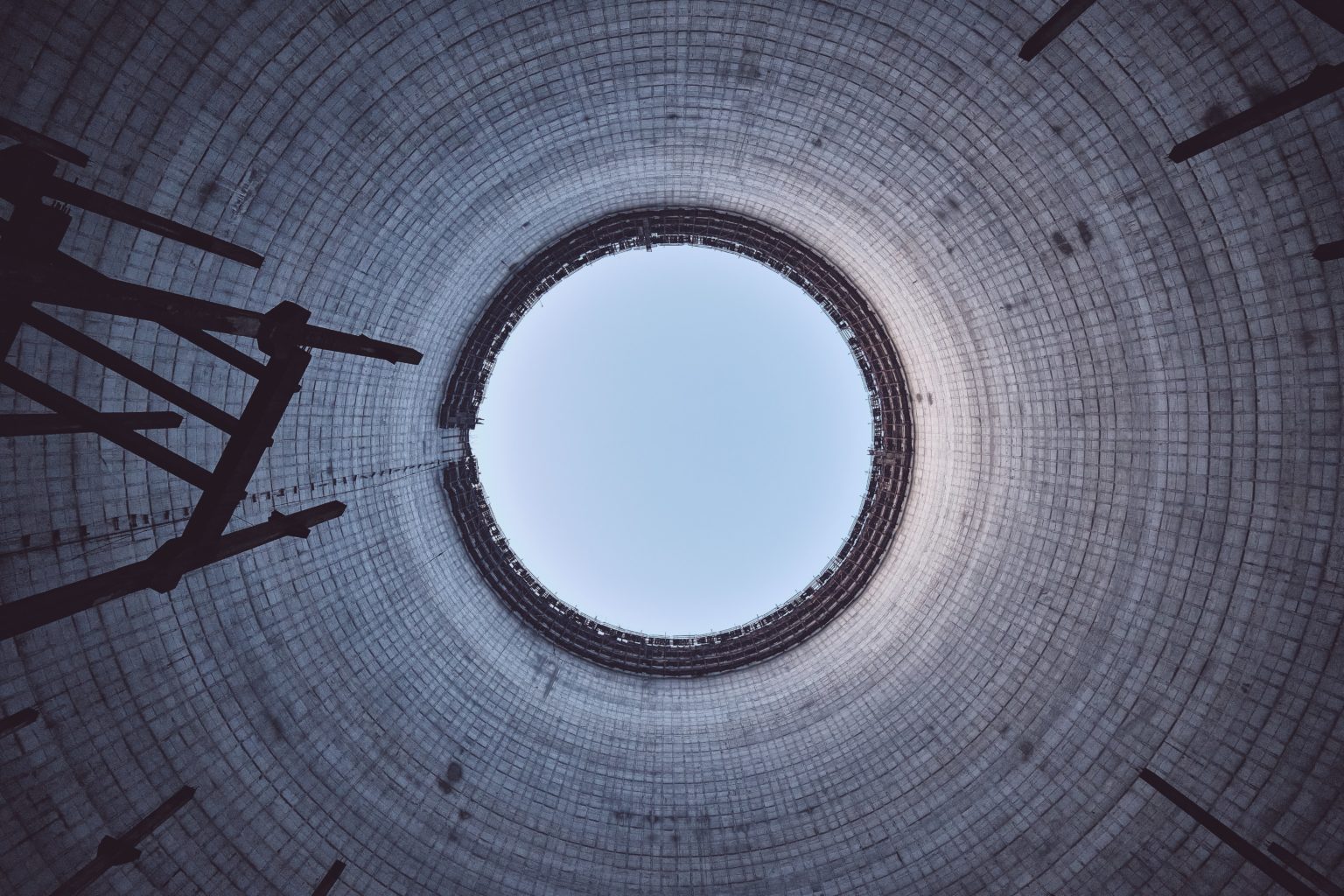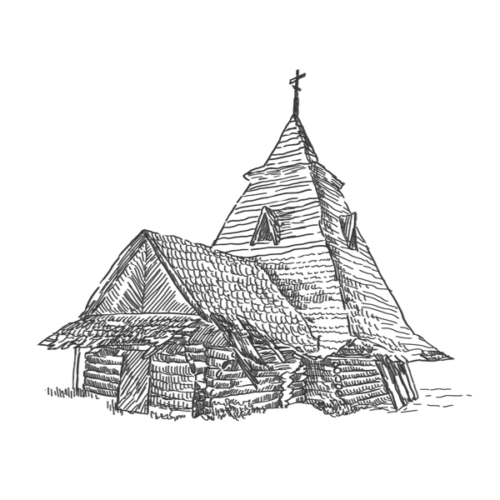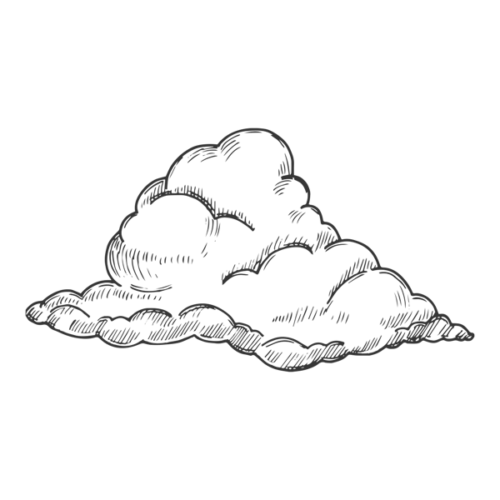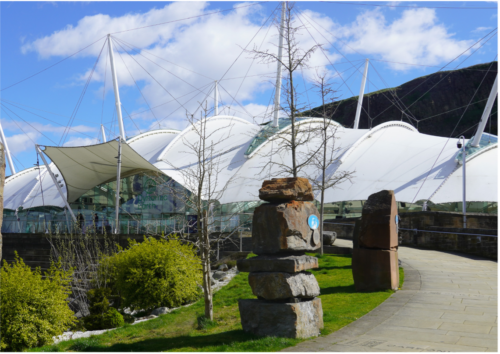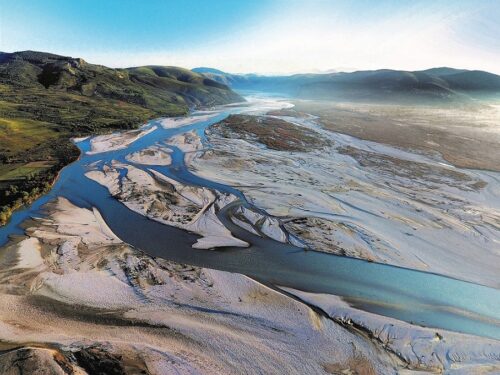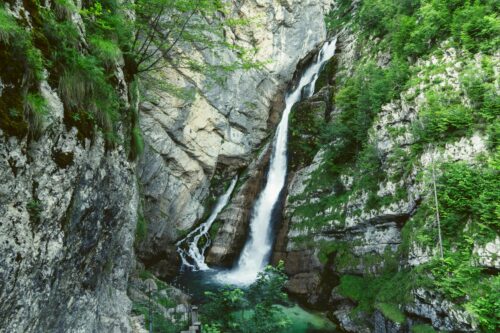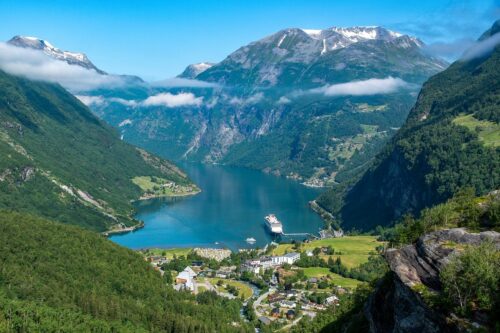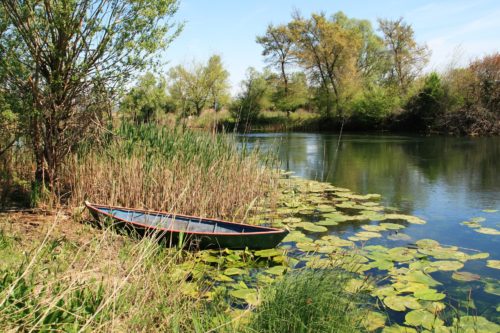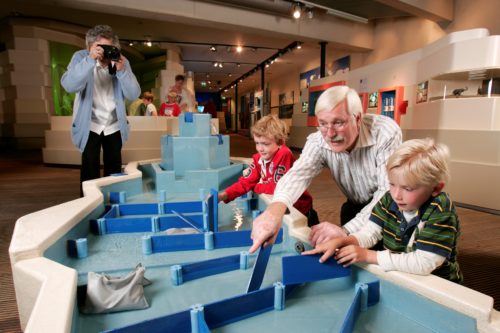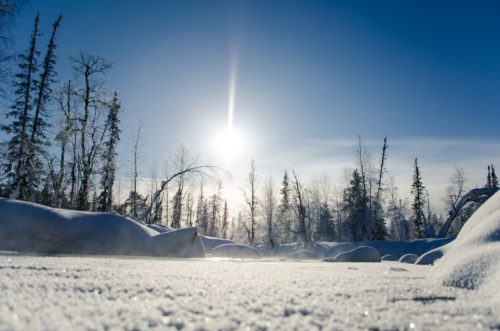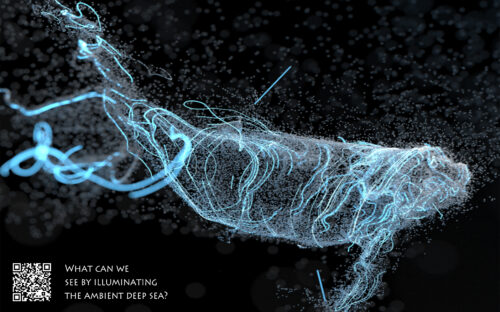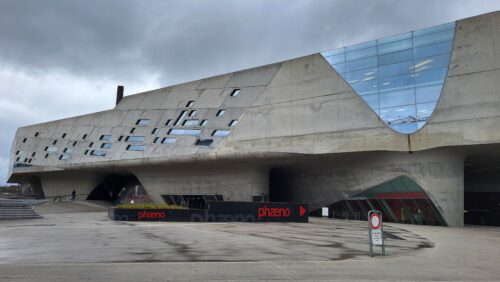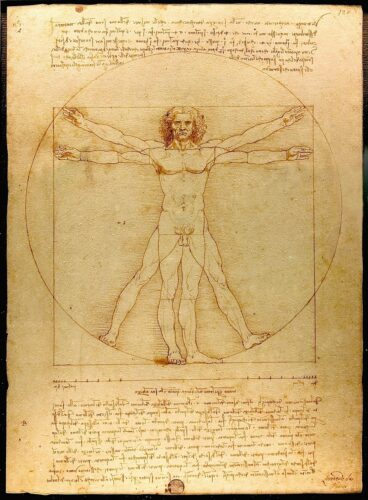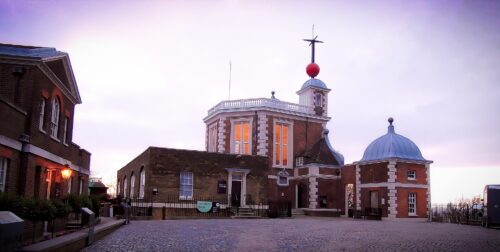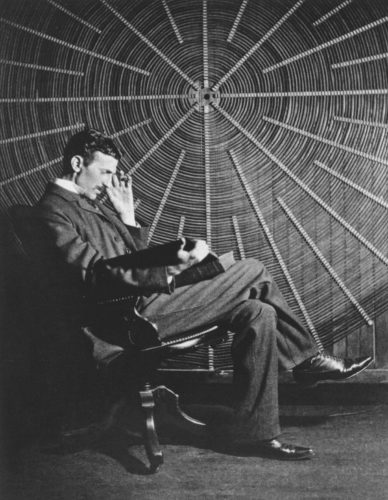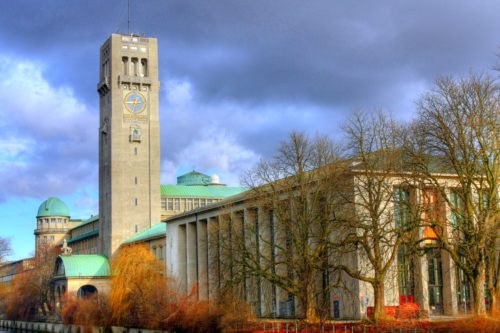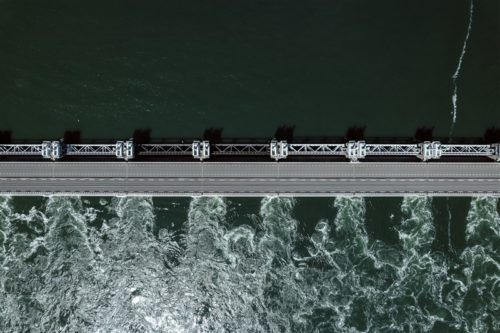26th April 1986: During an emergency power supply test in block 4 of the Soviet nuclear power plant in Chernobyl, the core completely melts down. The resulting explosion destroys a large part of the reactor building. Fires break out and the resulting smoke releases vast quantities of radioactive material into the atmosphere. Large parts of Russia, Belarus and Ukraine are contaminated. Even in Western Europe and as far north as the North Cape in Norway, the effects can be measured and felt. It is the worst accident in the history of nuclear energy.
Due to the radiation, a 30-kilometre exclusion zone covering 4,300 square kilometres was established around Chernobyl, which still exists today. Nobody has lived there since 1986.
Nevertheless, it has been possible for tourists to visit the restricted area for several years – and completely legally. A large number of travel companies offer tours of the ghost town of Pripyat, which is only a few kilometres from the reactor. The reactor building itself can be marvelled at from just a few hundred metres away. The radiation dose emanating from the reactor and the contaminated environment is now so low that spending a few hours or days in the restricted zone is not harmful to health. If you follow the safety rules, you have nothing to fear.
Photo: Once the site of a terrible disaster, now a centre of attraction – Chernobyl. Credits: Unsplash/Mick de Paola.
